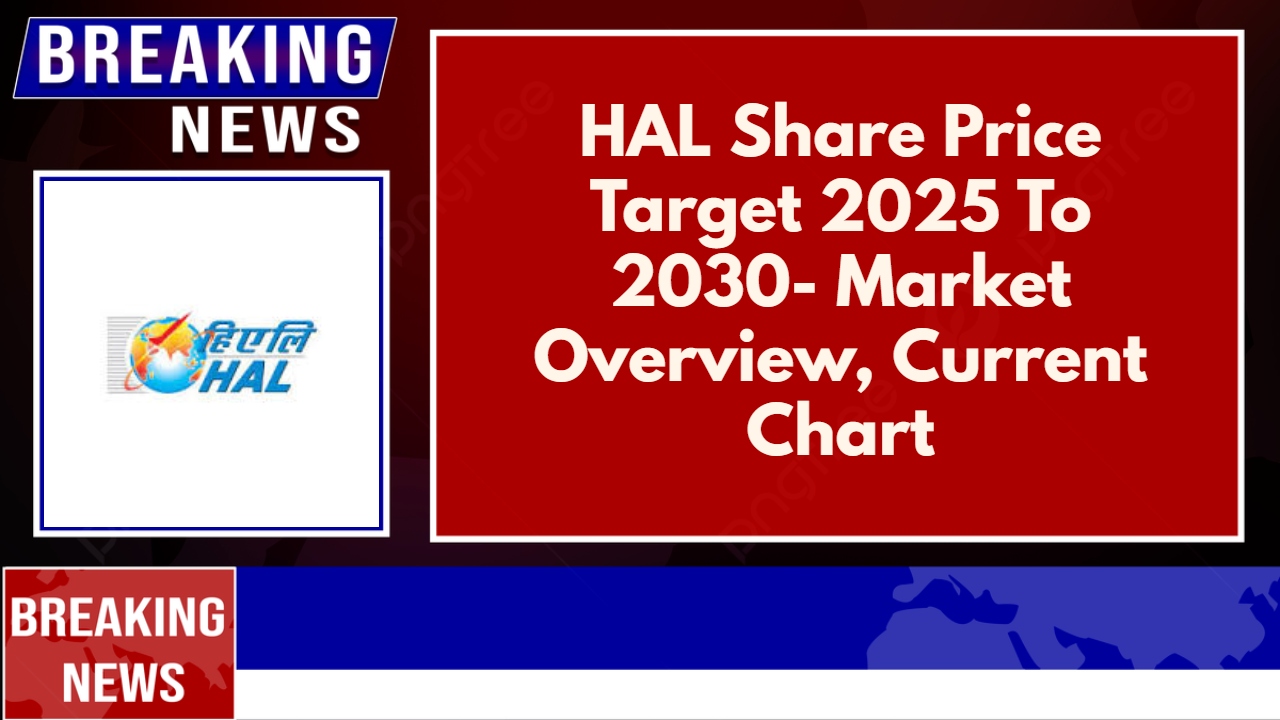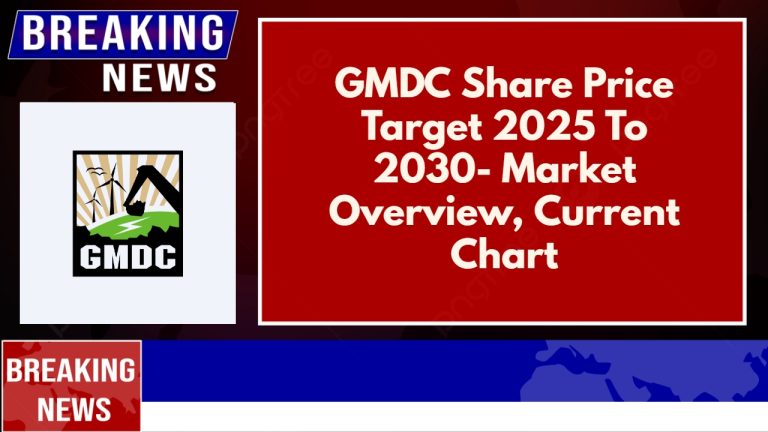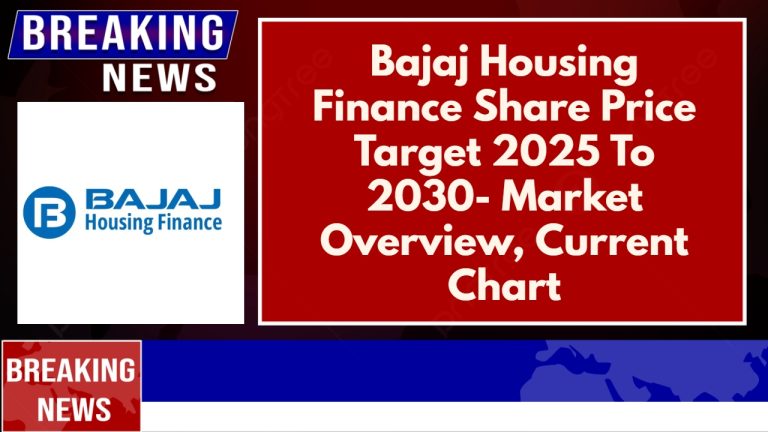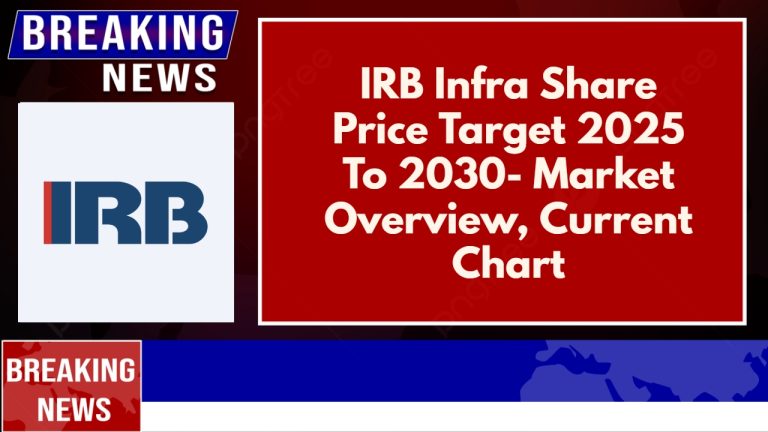HAL Share Price Target 2025 To 2030- Market Overview, Current Chart
Hindustan Aeronautics Limited (HAL) is a leading aerospace and defence company in India. It was established in 1940 and plays a vital role in manufacturing aircraft, helicopters, and engines for the Indian Air Force and other defence forces. HAL is known for its innovation and expertise in developing indigenous fighter jets like Tejas and advanced helicopters like Dhruv. The company also works on modern defence technologies and collaborates with global aerospace giants for advanced projects. HAL Share Price on NSE as of 17 March 2025 is 3,441.00 INR.
HAL Share Price Chart
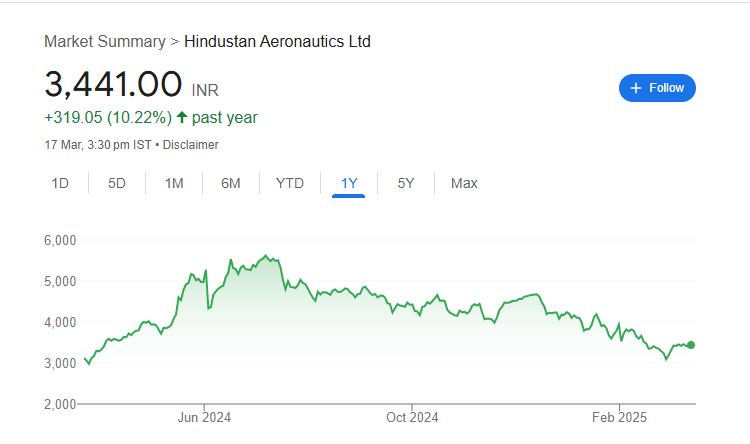
HAL Market Overview
- Open: 3,400.00
- High: 3,484.00
- Low: 3,399.00
- Previous Close: 3,396.15
- Volume: 1,130,061
- Value (Lacs): 38,872.97
- VWAP: 3,442.36
- UC Limit: 3,735.75
- LC Limit: 3,056.55
- 52 Week High: 5,674.75
- 52 Week Low: 2,913.60
- Mkt Cap (Rs. Cr.): 230,051
- Face Value: 5
HAL Share Price Target 2025 To 2030
| HAL Share Price Target Years | HAL Share Price |
| 2025 | ₹5680 |
| 2026 | ₹6158 |
| 2027 | ₹6684 |
| 2028 | ₹7254 |
| 2029 | ₹7643 |
| 2030 | ₹8400 |
HAL Share Price Target 2025
HAL share price target 2025 Expected target could be ₹5680. Several key factors are expected to influence Hindustan Aeronautics Limited’s (HAL) share price target for 2025:
-
Financial Performance: HAL reported a 14% increase in consolidated net profit for the third quarter, reaching ₹14.40 billion, driven by strong demand from the defence sector. Such robust financial results can enhance investor confidence and positively impact share prices.
-
Order Book and Demand: The company’s substantial order backlog, including a recent ₹135 billion contract for 12 Sukhoi fighter jets, indicates sustained demand for its products. A strong order book can provide revenue visibility and support share price appreciation.
-
Government Policies: India’s focus on domestic arms production has led to increased investments in defence stocks. Policies promoting indigenous manufacturing can benefit HAL, potentially boosting its market valuation.
-
Operational Efficiency: HAL has maintained a healthy return on equity (ROE) of 28.4% over the past three years and delivered a profit growth of 26.5% CAGR over the last five years. Efficient operations can lead to higher profitability and attract investors.
-
Debt Levels: The company has reduced its debt and is now almost debt-free. Lower debt levels can improve financial stability and make the stock more attractive to investors.
-
Dividend Policy: HAL declared a dividend of ₹25 per share for fiscal 2025. A consistent and attractive dividend payout can enhance shareholder value and support share prices.
-
Market Sentiment: The defence sector index has climbed nearly 56% over the past year, reflecting positive investor sentiment. A favorable market environment can contribute to share price growth.
-
Valuation Metrics: HAL’s price-to-earnings (P/E) ratio is below the industry average, indicating potential undervaluation. Attractive valuation metrics can draw investor interest and positively influence share prices.
HAL Share Price Target 2030
HAL share price target 2025 Expected target could be ₹8400. Here are 8 key factors that can influence Hindustan Aeronautics Limited (HAL) share price target by 2030:
-
Government Support & Defence Budget: The Indian government’s “Make in India” initiative and increased defence budget allocation will directly boost HAL’s production capacity and revenue growth.
-
Order Book Strength: HAL’s robust order pipeline, including fighter jets, helicopters, and aircraft engines, will provide long-term revenue visibility and support consistent share price growth.
-
Export Opportunities: Expanding into international markets and securing export orders from countries like Malaysia, Egypt, and Argentina can drive additional revenue streams.
-
Technological Advancements: Continuous innovation in indigenous fighter jets like Tejas and the development of advanced drones and UAVs will strengthen HAL’s market position.
-
Strategic Partnerships: Collaborations with global aerospace giants for technology transfer and joint ventures can enhance operational efficiency and boost profitability.
-
Expansion of Manufacturing Facilities: Scaling up production capacity with new plants and facilities to meet increasing demand will positively impact revenue and market share.
-
R&D Investments: Higher investments in research and development for advanced defence systems, next-gen engines, and combat helicopters will ensure HAL remains competitive.
-
Geopolitical Factors: Rising geopolitical tensions and the need for self-reliance in defence manufacturing will increase demand for HAL’s products, boosting long-term growth.
HAL Shareholding Pattern
| Promoters | 71.64% |
| FII | 12.26% |
| DII | 8.15% |
| Public | 7.95% |
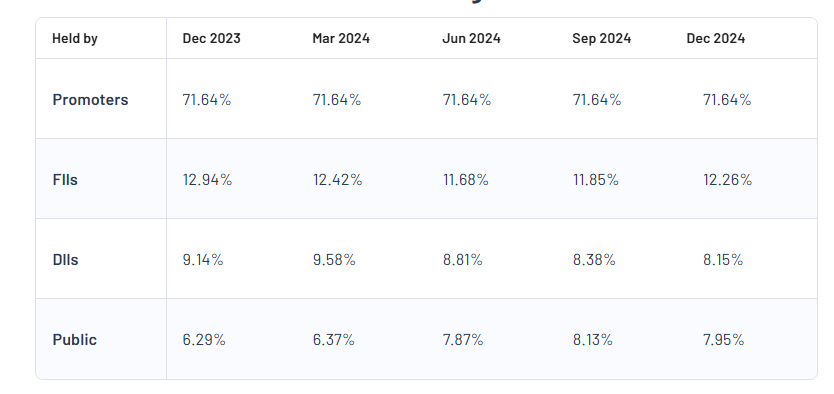
Read Also:- Bajaj Housing Finance Share Price Target 2025 To 2030- Market Overview, Current Chart

